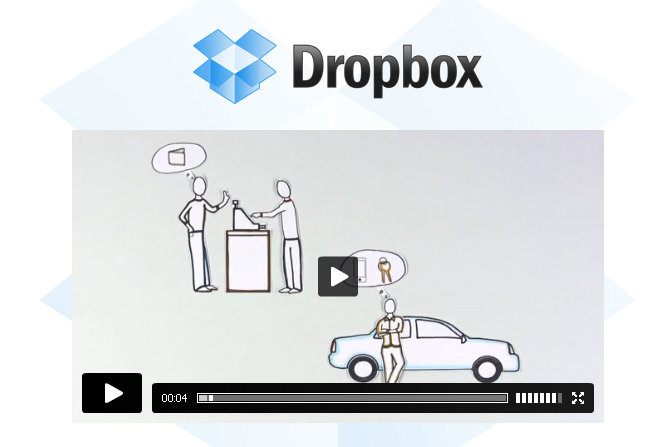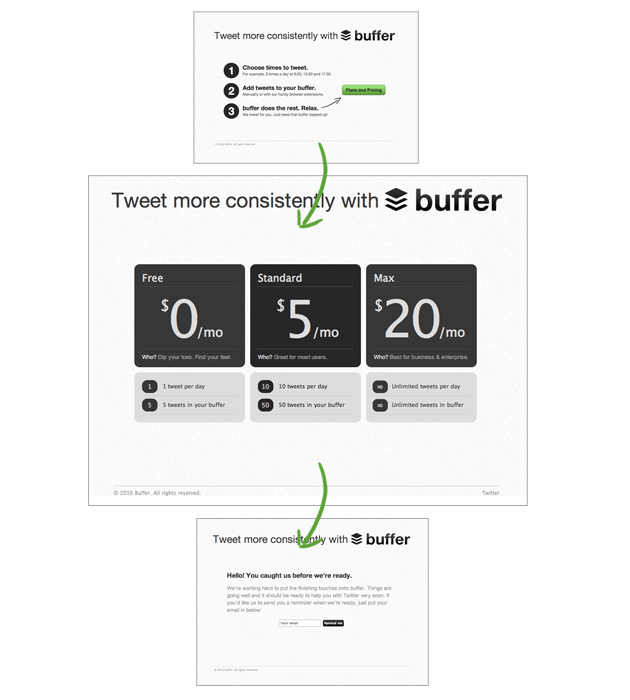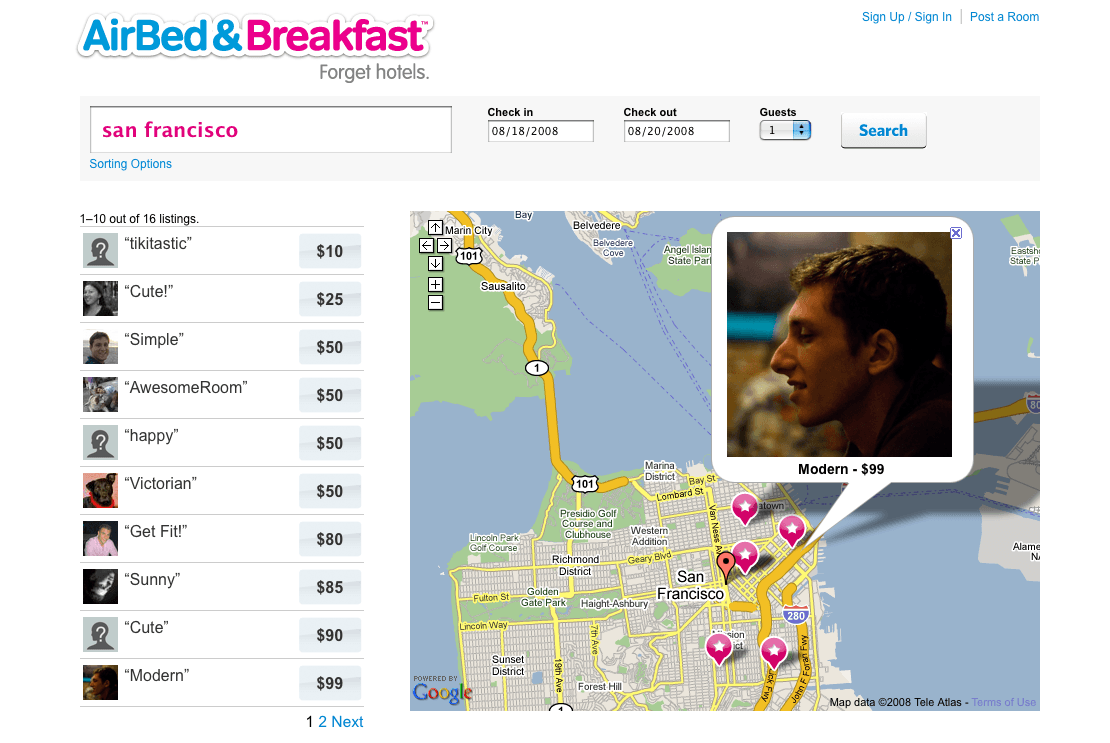This is a guest post from Jerry Cao of UXPin – The UX Design App.
An MVP is much more than just a minimum product. It is perfection by subtraction, the simplest experience, a serious reality check — “Hello, World!”. An MVP trims all the fat and leaves just the essence.
So What’s An MVP?
A common misconception is that an MVP is only the minimum set of features required for a working product, with the goal of getting it out the door quickly. This is incorrect on several levels, mostly in the overemphasis on speedy delivery to market, as opposed to focusing on customer and market acceptance. Rapid development is important, but only so that learning can be obtained quickly.
As defined by Wikipedia,“The minimum viable product (MVP) is a strategy for fast and quantitative market testing of a product or product feature.” This definition is narrow — particularly, it’s too quantitative and product-focused — according to many experts. But some of the purposes of an MVP below begin to open a more meaningful discussion:
- Test a product hypothesis with minimum resources
- Accelerate learning
- Reduce engineering waste
- Get the product to early customers as quickly as possible
It all sounds good in theory, but let’s look at how each of these points was actually built into great MVPs by some of today’s most successful companies.
What Does a Killer MVP Look Like?
By focusing on a subset of key features and core functionality, you ensure that you do a few things great instead of falling short across the board. If you don’t focus your resources on just the core experience, you’ll end up with an MVP that SUX — an offering with a “Sh***y User Experience.” In fact, your MVP doesn’t even need to be a product. It just needs to be a well-designed test with a simple, clear experience. We’ll look at an explainer video, a landing page, and a concierge MVP as perfect examples of this.
1. Dropbox
In his book The Lean Startup, Eric Ries, cofounder/CTO of IMVU talks about how Dropbox tackled the question of market viability by demonstrating their product in a video.
To answer the question of whether customers would want to use and pay for their file-sync solution, Houston and his team had to “get out of the building” and put their proposed user experience in front of real users for feedback. But instead of digging into servers and building a high-availability, low-latency, always-on network before they had the slightest idea that people would use it, the team tried something much simpler.
Source:Dropbox
They made an explainer video and shared it with their network to gauge people’s reactions. The 3-minute video showed Dropbox’s intended functionality and increased signups from 5,000 people to 75,000 overnight — all of this without a real product. Just the experience of seeing a video about the product was enough to sell the idea.
Dropbox’s explainer video provided a brilliantly simple experience by walking potential customers through what the product is and clearly demonstrated how it would help them, eventually leading to why they would want to pay you for it.
When it comes to building an MVP, “easier said than done” isn’t necessarily a bad thing.
2. Buffer
Buffer is a simple app that lets you schedule your social media posts, essentially letting you space out your updates so that you don’t flood your friends’ newsfeeds at one point in the day. When starting out, Joel Gascoigne, Buffer’s founder, didn’t want to get stuck building something no one wanted to use. So he began with a simple test.
Source:Idea to Paying Customers in 7 Weeks- How We Did It
Buffer’s first minimum viable product was just a simple landing page. It explained what Buffer was and how it would work, encouraged people to sign up and offered plans and a pricing button for people to click on if they were interested. When they did, however, they were shown a short message explaining they weren’t quite ready yet and that people should sign up for updates. But instead of leaving potential customers hanging, Joel used the email addresses received from the signup form to start conversations with interested users, gaining valuable insight into what they wanted.
Next, they tested the hypothesis that people would want to pay for this by adding the prices table in between the landing page and the signup form. When someone clicked on the pricing plans button, they were shown the plans to see whether they would be interested in paying for something like Buffer. This showed Joel how many of the visitors to the site could potentially become paying customers. This zero-risk MVP helped Buffer identify the market and shape their product features for upcoming development.
If you want to take this idea a step further, you could also consider running paid ad campaigns to drive traffic to the landing page based on relevant keywords. You can use something simple like Adwords, or a more integrated platform like QuickMVP.
3. Airbnb
In 2007, Brian Chesky and Joe Gebbia wanted to start a business, but also couldn’t afford the rent of their San Francisco apartment. There was a design conference coming to town, so they decided to open up their loft as cheap accommodation for attendees who had lucked out on nearby hotels. They took pictures of their apartment, uploaded them on a simple website, and soon they had 3 paying guests: a woman from Boston, a father from Utah, and another man from India. And, in 2020, the number of active worldwide listings reached 5.6 million.
Source: AirBed And Breakfast Takes Pad Crashing To A Whole New Level
The up-close interaction gave the two cofounders valuable insight into what potential customers would want. This concierge MVP helped validate the market and prove people would be willing to buy the experience. With their initial assumptions answered that not just recent college grads were willing to pay to stay in someone else’s home rather than a hotel, they started Airbnb (then called AirBedAndBreakfast).
Keep It Simple Stupid
The above MVPs succeed by creating a simple experience to test demand — not by obsessing over features. By limiting yourself to testing just the core value of your product, you give yourself room to fail without breaking the bank. The goal of an MVP isn’t getting it right, it’s maximizing learning with minimal effort so you don’t speed down the path of no return.
For over 120 pages of real-world tips and expert advice, check out the Guide to MVPs from UXPin. More than 15 real-world examples are analyzed and design advice is included from experts like Aarron Walter, Jan Jursa, and Cindy Alvarez to show you how to create the most elegant MVP possible.










Comments 0 Responses